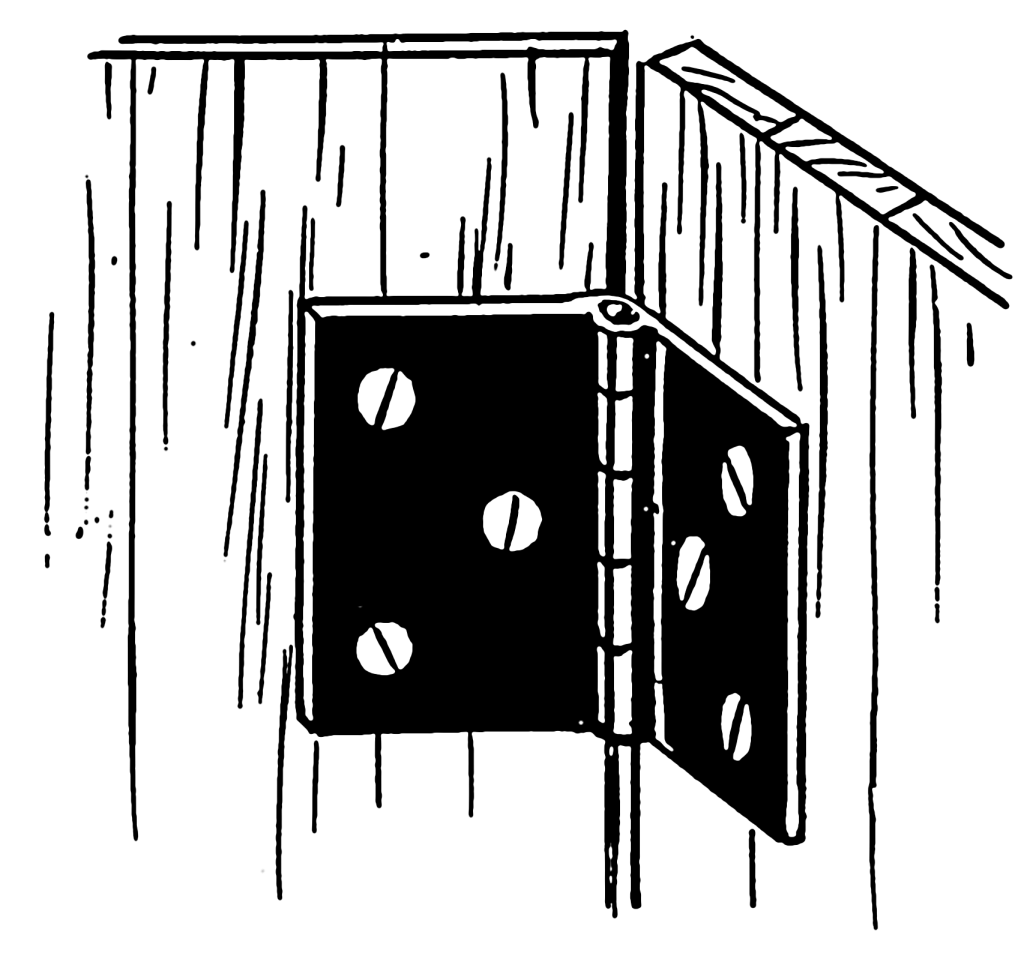The History of Hinges
We take hinges for granted in the same way we take the wheel, but as with every good idea someone had to have invented it, as well as noted when it squeaked and had to be oiled.
A hinge is simply a bearing that connects two hard objects and allows them to move and rotate without falling apart. While metal hinges have been found dating back to the Bronze Age, there is no reason to believe they were very secure, at least by today’s security-conscious standards.
Foremost, it seems, the bronze hinge was meant to show the glory and wealth of ancient emperors, since all metals were expensive and labour-intensive to work with. Poor folks were lucky if they could afford a skin flap to keep out the dust and chill.
However as knowledge of metallurgy spread worldwide, alloys such as brass and steel started to make the hinge both more common and more protective.
Protecting the Castle
In the middle Ages hinged doors on more ordinary houses began to appear, not least because more people had things they wanted to protect from theft. Wrought iron hinges appeared along with the village blacksmith, but castles needed rather more than this for their huge doors and wealth, and thus it was important to have the load-bearing power of large scale hinges, sometimes covering the entire face of the door. Likewise castles needed their drawbridges, both to support heavy loads when lowered to let goods or armies in, but also, when pulled up, to withstand invaders. Hinged weapons for siege engines were also being invented to repel enemies, particularly those that could propel missiles such as stones, boiling oil or decapitated heads over long distances.
Steam power and the industrial revolution of course brought us mass manufacturing and every new machine required a hinge of some sort. Likewise warehouses needed to protect their goods, so many different types of hinges were invented such as those with ball bearings for less noisy opening as well as those which were smaller and less obtrusive.
Advances in Security
Today’s hinges not only reflect technological advances in security features needed by the IT industry, the military and aerospace computing, but far from being made to be seen, are made to be neat and sometimes even invisible. We also need them to be quiet.
Classic butt hinges would be hard to trace, but they may very well belong Stanley’s Bolt Manu-factory in the mid-19th century US which won patents on a number of specialty hinges.
However, today standard very heavy butt hinges are the choice for most commercial and industrial concerns, whether you are locking up your armoury or simply protecting valuable high tech equipment. Heavier than residential hinges, commercial hinges cost a bit more but stand up to long-term, repeated use, and though weight will depend on the door size, the heavyweight butt hinge has leaves of 0.180 inch thickness and will stand up against stress, marring and repeated use.

